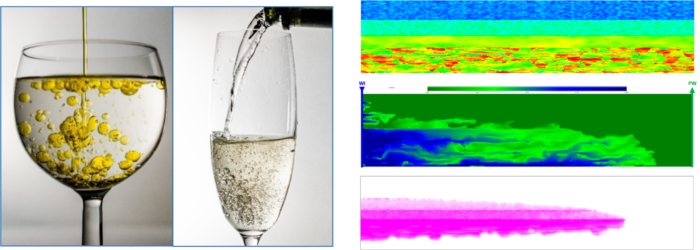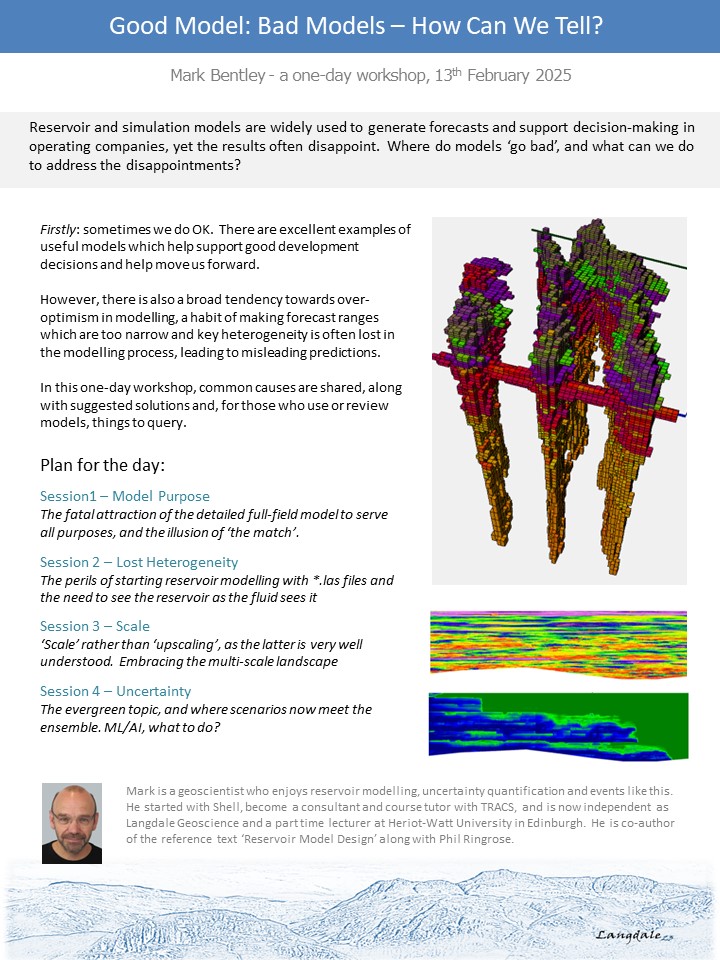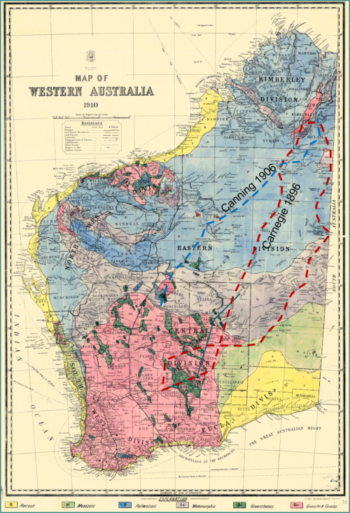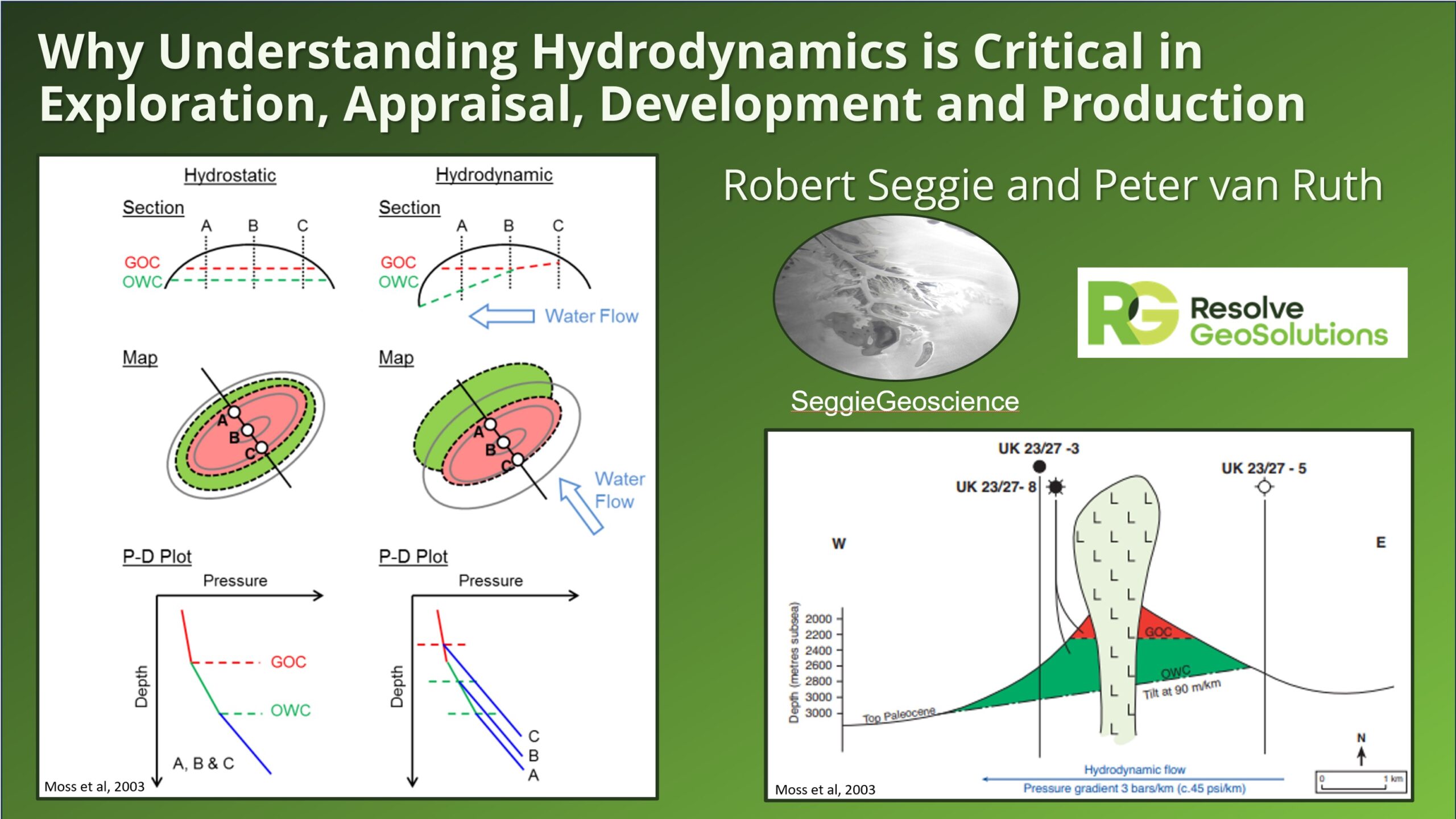
PESA WA February 13th Evening Talk: New Tricks for Old Dogs: Modelling for the Energy Transition
PESA WA invites you to a technical Evening Event Thursday 13th February. New Tricks for Old Dogs: Modelling for the...
Find out more »
PESA WA invites you to a technical Evening Event Thursday 13th February. New Tricks for Old Dogs: Modelling for the...
Find out more »
Good Model: Bad Models – How Can We Tell? A one-day workshop with Mark Bentley, 13th February 2025 Reservoir and...
Find out more »
PESA WA invites you to our Christmas Technical Luncheon on Thursday 12th December Talk by Ernie Delfos - 'Colour of...
Find out more »
PESA WA invites you to a Perth Basin technical Evening Event Tuesday 21st March. L7 / EP 437 - Pushing...
Find out more »
Hosted with thanks to our Platinum sponsor SLB: Gold Sponsors Katalyst Data Management, IKON Science and DUG: ...
Find out more »
PESA WA invites you to an Evening technical talk on Tuesday 13th February. The pathway to Gigatonne CO2 storage Presented...
Find out more »
PESA WA invites you to our Christmas Technical Luncheon on Thursday 14th December Talk by Eve Howell - From Milligals...
Find out more »
Hosted with thanks to our Platinum sponsor SLB Gold Sponsors Katalyst Data Management, Applied Geoscience, Delft Inversion, DUG and...
Find out more »
Measurement, Monitoring, and Verification (MMV) are essential to Carbon Capture and Storage (CCS) projects. Precise CO2 emission measurements, ongoing project performance monitoring, and independent data verification provide stakeholder confidence in the CCS system's greenhouse gas reduction, safe operation, and prompt issue resolution. Likewise, developing ground models for offshore wind turbine placement demands a comprehensive approach that addresses various geotechnical, geophysical, regulatory, and stakeholder aspects. A common element should be that any ‘baseline’ geophysical platform is built to best practice standards for both CCS and Wind projects.
Find out more »
Presented by Sergey Shevchenko. This presentation demonstrates how the Extended Elastic Impedance (EEI) concept has been used as a method for reservoir monitoring, calculating changes in pressure and saturation in a producing reservoir by applying EEI to time-lapse seismic data. The method uses time-lapse seismic difference data rotated to specific EEI χ angles which are optimised for the changes expected in a given reservoir.
Find out more »